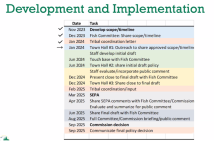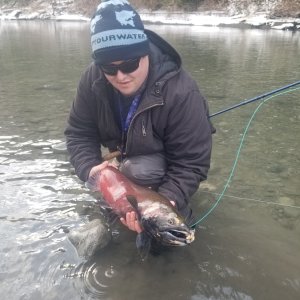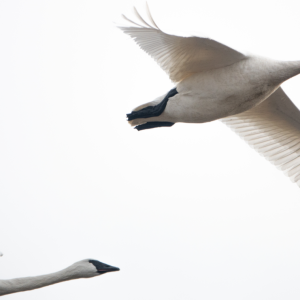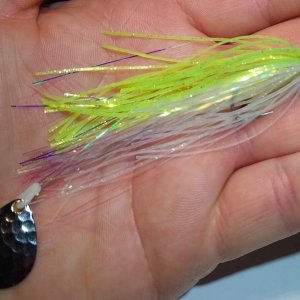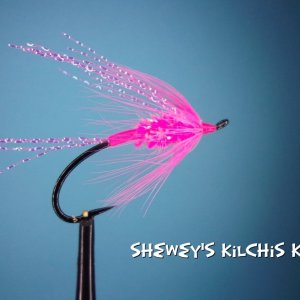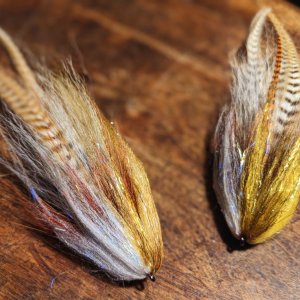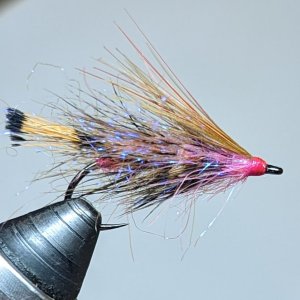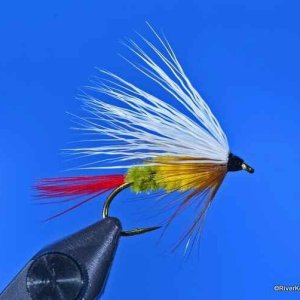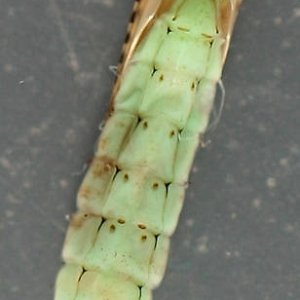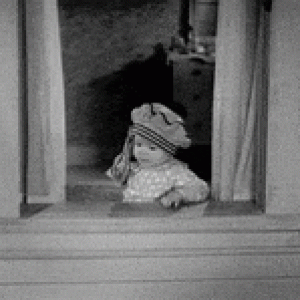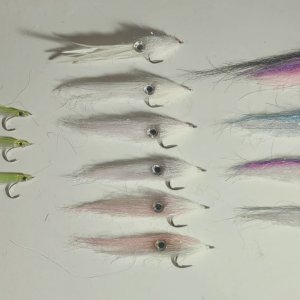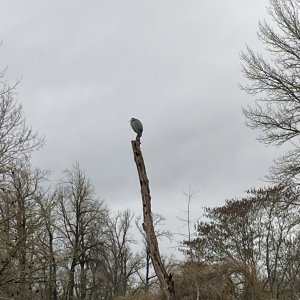Just got the email-
The primary goal of the Feb. 12 town hall will be to share information about the scope, development, and timeline of the new policy, which will apply to resident native rainbow trout, cutthroat trout, and their subspecies including coastal cutthroat, westslope cutthroat, and redband rainbow trout. This policy will not address native hatchery-origin trout, bull trout (a native char), or any non-native species.
“In October 2023, the Fish and Wildlife Commission directed staff to initiate development of a resident native trout harvest management policy for commission review and adoption,” said Steve Caromile, WDFW’s inland fish program manager. “Management of recreational fisheries for resident native trout throughout Washington is complex, as we must provide fishing opportunities while meeting conservation objectives for multiple species.
“A resident native trout harvest management policy will provide staff with consistent guidance for future rule making.”
Members of the public can participate in the Feb. 12 meeting online. Pre-registration is required for all public and internal guests. For more information on this and other upcoming virtual town halls, or to provide comments or suggestions online, please visit wdfw.wa.gov/events.
I'm registered. Probably good if lots of us are on there.
Thanks,
Stacy
The primary goal of the Feb. 12 town hall will be to share information about the scope, development, and timeline of the new policy, which will apply to resident native rainbow trout, cutthroat trout, and their subspecies including coastal cutthroat, westslope cutthroat, and redband rainbow trout. This policy will not address native hatchery-origin trout, bull trout (a native char), or any non-native species.
“In October 2023, the Fish and Wildlife Commission directed staff to initiate development of a resident native trout harvest management policy for commission review and adoption,” said Steve Caromile, WDFW’s inland fish program manager. “Management of recreational fisheries for resident native trout throughout Washington is complex, as we must provide fishing opportunities while meeting conservation objectives for multiple species.
“A resident native trout harvest management policy will provide staff with consistent guidance for future rule making.”
Members of the public can participate in the Feb. 12 meeting online. Pre-registration is required for all public and internal guests. For more information on this and other upcoming virtual town halls, or to provide comments or suggestions online, please visit wdfw.wa.gov/events.
I'm registered. Probably good if lots of us are on there.
Thanks,
Stacy

